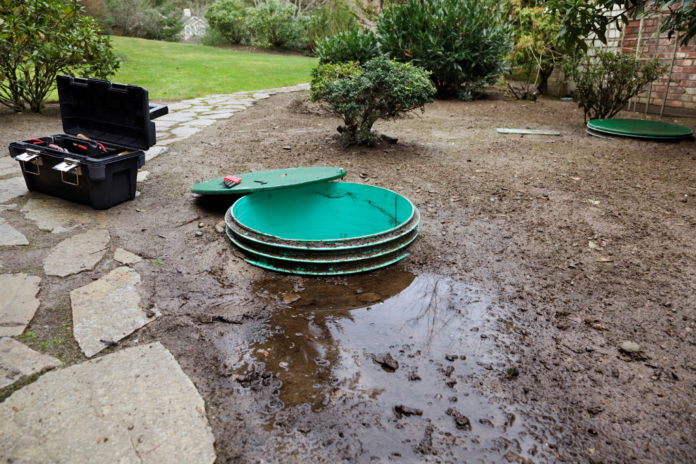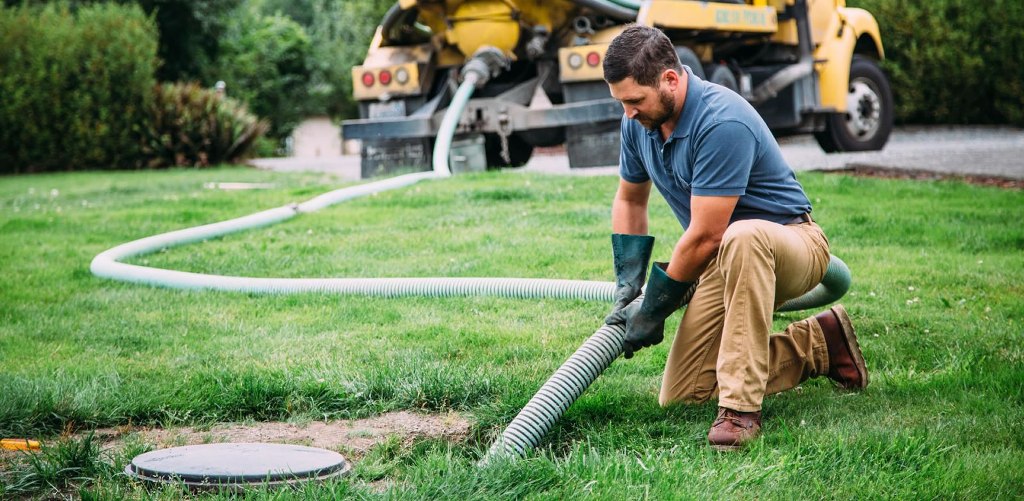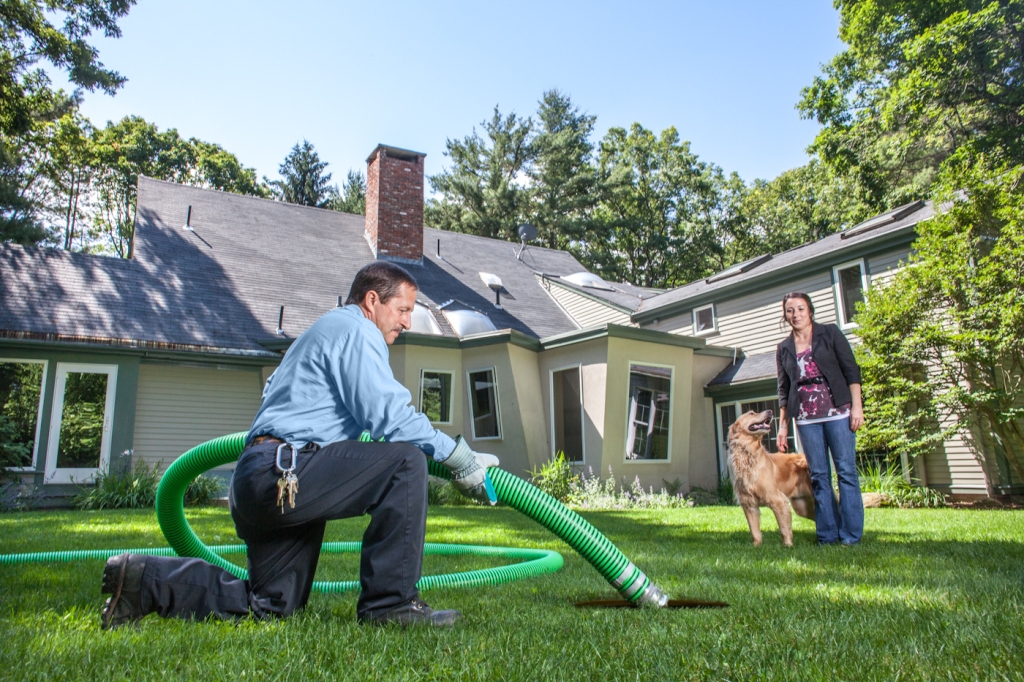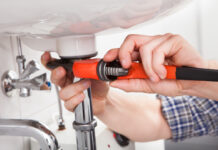The discussion of septic pumps is not fun. Sickening and putrid visions may even come to mind. However, the topic shouldn’t be avoided.
Not all septic pumps are created equal, and selecting the wrong one could result in a messy (and smelly) situation. Installing the incorrect septic pump will cause wastewater to back up and contaminate your home— gross!
With the many options on the market, it can be overwhelming to choose the best septic pump. Thankfully, we’ve done the hard work for you. Here’s a quick guide to the different types of septic pumps and their purpose.
How to Choose a Septic Pump
Before we get into the different types of septic pumps, let’s talk about a few things to consider:
GPM
Most homes need a septic pump within the range of 10 to 20 gallons permutes (GPM). 20 GPM pumps are the most common and are more cost-effective than 10 GPM pumps. Also, if you have a spray or drip irrigation system, 20 GPM high head pump is the most ideal.
Iron or Thermoplastic
Septic pumps are made with either iron or thermoplastic. Iron septic pumps are more durable but less economical than their thermoplastic counterpart.
Type of Waste
Not all septic pumps remove the same type of waste. Some pumps are made to pump gray wastewater while some are made to pump raw sewage. Not sure which type of waste needs to be relocated? Contact a septic pumping professional.
Septic Pump Types
There are three main types of septic pumps: effluent pumps, grinder pumps, and submersible pumps. Here is the full breakdown of each pump:
Effluent Pumps
Effluent pumps, also known as ejector pumps, are ideal for residential or light commercial waste disposal. They remove the gray wastewater after the solids have settled. Effluent pumps can only handle solids no larger than 3/4 of an inch in diameter.
These kinds of pumps are typically used for laundry discharge, dishwasher and sink water, and sump pits that accumulate a lot of dirt and debris.
Grinder Pumps
Grinder septic pumps collect wastewater from appliances and other fixtures like toilets, washing machines, and bathtubs. Unlike an effluent pump, grinder pumps can handle larger solid particles.
They have a holding tank that collects wastes. When the waste reaches a certain level, the grinder pump grinds the waste and pumps it into the septic tank.
Grinder pumps are made for homes that are located lower than the nearest sewer line. Most homes are built higher than the sewer line, so you may not need a grinder pump. To add, grinder septic pumps may be required for commercial businesses regardless of it’s proximity to the sewer line.
Submersible Pumps
Submersible septic pumps are the most energy-efficient of the types of pumps. They pump water behind the septic tank.
Submersible septic pumps are ideal for both commercial, residential, and agricultural applications.
Which One Is Right for Your Home?
After reading this guide we hope that choosing the right septic pump for your home becomes easier. For more home maintenance tips, follow this blog!




















